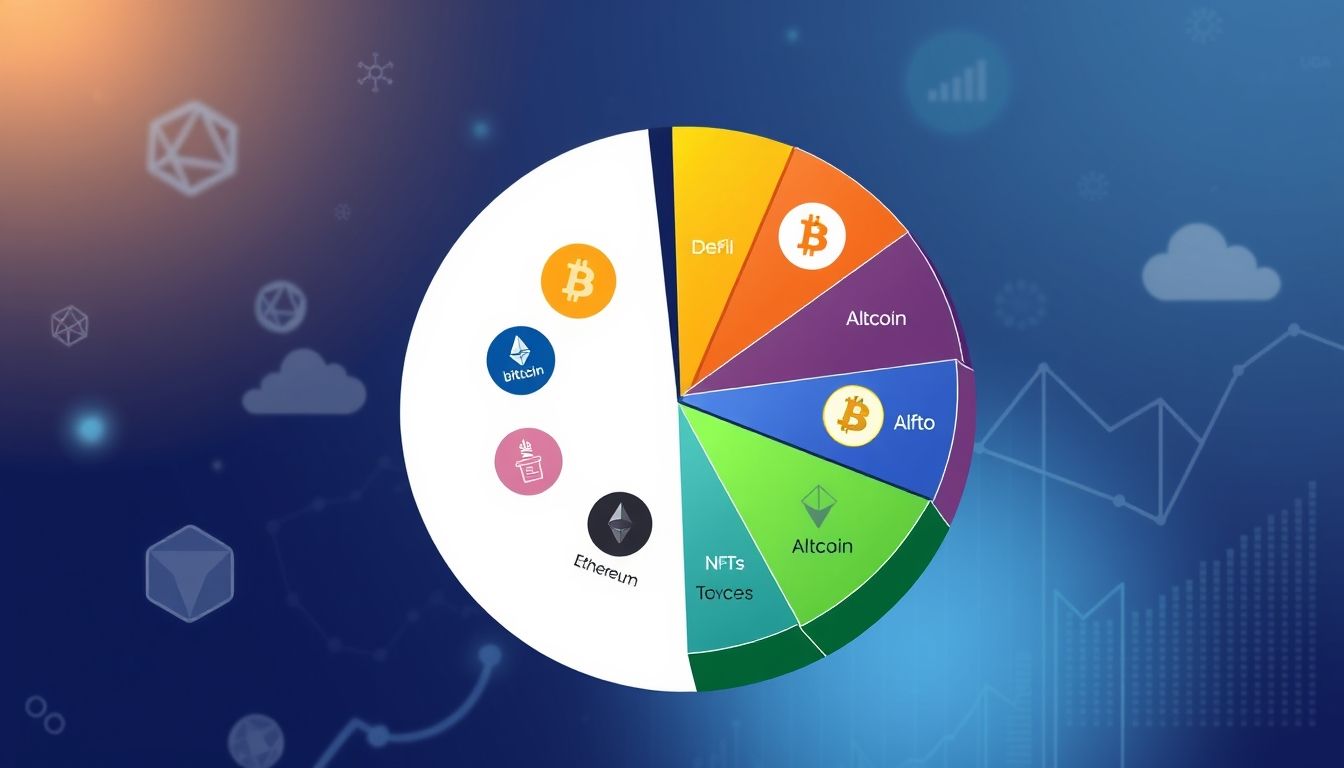Introduction to Cryptocurrency Day Trading
The cryptocurrency market is experiencing tremendous growth, attracting investors and traders from all over the world. Day trading is a trading strategy that involves buying and selling cryptocurrencies on the same day, aiming to profit from small price fluctuations. This strategy requires a deep understanding of the market, technical analysis skills, and effective risk management.
Chapter 1: Understanding the Basics of Cryptocurrencies and Blockchain
Before diving into day trading, it's essential to understand the fundamentals of cryptocurrencies and blockchain technology. Cryptocurrencies are digital assets that rely on cryptography to secure transactions and control the creation of new units. Blockchain is a distributed digital ledger that records all transactions permanently and transparently.
Key Types of Cryptocurrencies
- Bitcoin (BTC): The first and most well-known cryptocurrency.
- Ethereum (ETH): A blockchain platform that supports smart contracts and decentralized applications.
- Ripple (XRP): A global payment system aiming to facilitate fast and cheap financial transfers.
- Litecoin (LTC): A cryptocurrency that is faster and cheaper than Bitcoin.
Chapter 2: Technical Analysis: Essential Tools and Indicators
Technical analysis is a crucial tool for day traders. It involves analyzing price charts to identify trends and key support and resistance levels. There are several technical indicators that can be used, including:
Popular Technical Indicators
- Moving Averages (MA): Help identify the direction of the price and smooth out volatility.
- Relative Strength Index (RSI): Measures the strength of price momentum and indicates overbought or oversold conditions.
- MACD (Moving Average Convergence Divergence): Measures the relationship between two moving averages and is used to identify buy and sell signals.
- Fibonacci Levels: Used to identify potential support and resistance levels based on the Fibonacci sequence.
Chapter 3: Fundamental Analysis: Evaluating Projects and Trends
In addition to technical analysis, day traders should also conduct fundamental analysis to evaluate projects and trends in the cryptocurrency market. This involves analyzing:
Factors of Fundamental Analysis
- Project Whitepaper: A document describing the project's vision, goals, and technology.
- Founding Team: Evaluating the experience and reputation of the team.
- Partnerships: Assessing partnerships with other companies and organizations.
- News and Events: Following news and events that may affect the price of the cryptocurrency.
Chapter 4: Common Day Trading Strategies
There are several strategies that day traders can use to generate profits. Some popular strategies include:
Day Trading Strategies
- Scalping: Involves making a large number of small trades to profit from small price fluctuations.
- Swing Trading: Involves holding trades for a few days to profit from larger price movements.
- Breakout Trading: Involves buying or selling cryptocurrencies when the price breaks through a key support or resistance level.
- Reversal Trading: Involves buying or selling cryptocurrencies when the price shows signs of reversing.
Chapter 5: Risk Management: Protecting Capital
Risk management is a crucial element of day trading. It's essential to have a risk management plan in place before you start trading. Some risk management strategies include:
Risk Management Strategies
- Setting Stop-Loss Orders: Determines the maximum loss you are willing to tolerate on a specific trade.
- Position Sizing: Determines the size of the position you take based on the size of your account and your risk tolerance.
- Diversification: Spreading capital across multiple cryptocurrencies to reduce risk.
- Using Leverage Cautiously: Leverage can increase both profits and losses.
Chapter 6: Trading Psychology: Controlling Emotions
Emotions can significantly impact trading decisions. It's important to be aware of your emotions and learn how to control them. Some tips for controlling emotions include:
Tips for Controlling Emotions
- Having a Trading Plan: Stick to your plan and don't let emotions influence your decisions.
- Being Patient: Don't rush into making decisions.
- Avoiding Revenge Trading: Don't try to recover losses quickly by making reckless decisions.
- Taking Breaks: If you're feeling frustrated or angry, take a break and step away from the screen.
Chapter 7: Choosing the Right Trading Platform
Choosing the right trading platform is crucial. There are many platforms available, each with its own features and fees. Some factors to consider when choosing a trading platform include:
Factors for Choosing a Trading Platform
- Fees: Compare fees between different platforms.
- Available Cryptocurrencies: Make sure the platform supports the cryptocurrencies you want to trade.
- Security: Choose a platform with strong security measures.
- Ease of Use: Choose a platform that is easy to use and has an intuitive interface.
Chapter 8: Practical Examples from the Arab and Global Markets
To gain a deeper understanding, let's look at some practical examples from the Arab and global markets:
Examples from the Arab Market
In the Arab market, we have seen increasing interest in cryptocurrencies, especially in countries like the United Arab Emirates and Saudi Arabia. For example, many startups in the region have started accepting cryptocurrencies as a means of payment. Additionally, there are many social media influencers who promote cryptocurrencies and provide advice to new traders.
Examples from the Global Market
In the global market, we see that many large companies have started investing in cryptocurrencies and blockchain technology. For example, Tesla has invested in Bitcoin, and PayPal has allowed its users to buy and sell cryptocurrencies. These developments indicate that cryptocurrencies are becoming an integral part of the global financial system.
Chapter 9: Taxes and Legal Regulations in Trading
It's important to be aware of the taxes and legal regulations related to cryptocurrency trading in your country. Laws and regulations vary from country to country, and there may be taxes on profits you make from trading. Consult a tax advisor or lawyer for specific information about the laws and regulations in your country.
Chapter 10: Tips for Beginner Day Traders
If you are new to cryptocurrency day trading, here are some tips that can help you get started:
Tips for Beginners
- Start Small: Don't invest more than you can afford to lose.
- Keep Learning: Stay up-to-date with the latest developments in the cryptocurrency market.
- Be Patient: Don't expect to get rich quickly.
- Don't Give Up: Day trading takes time and effort, but it can be profitable if you are willing to learn and work hard.
Disclaimer: Trading in cryptocurrencies involves high risks. You should be aware of the risks before you start trading.




